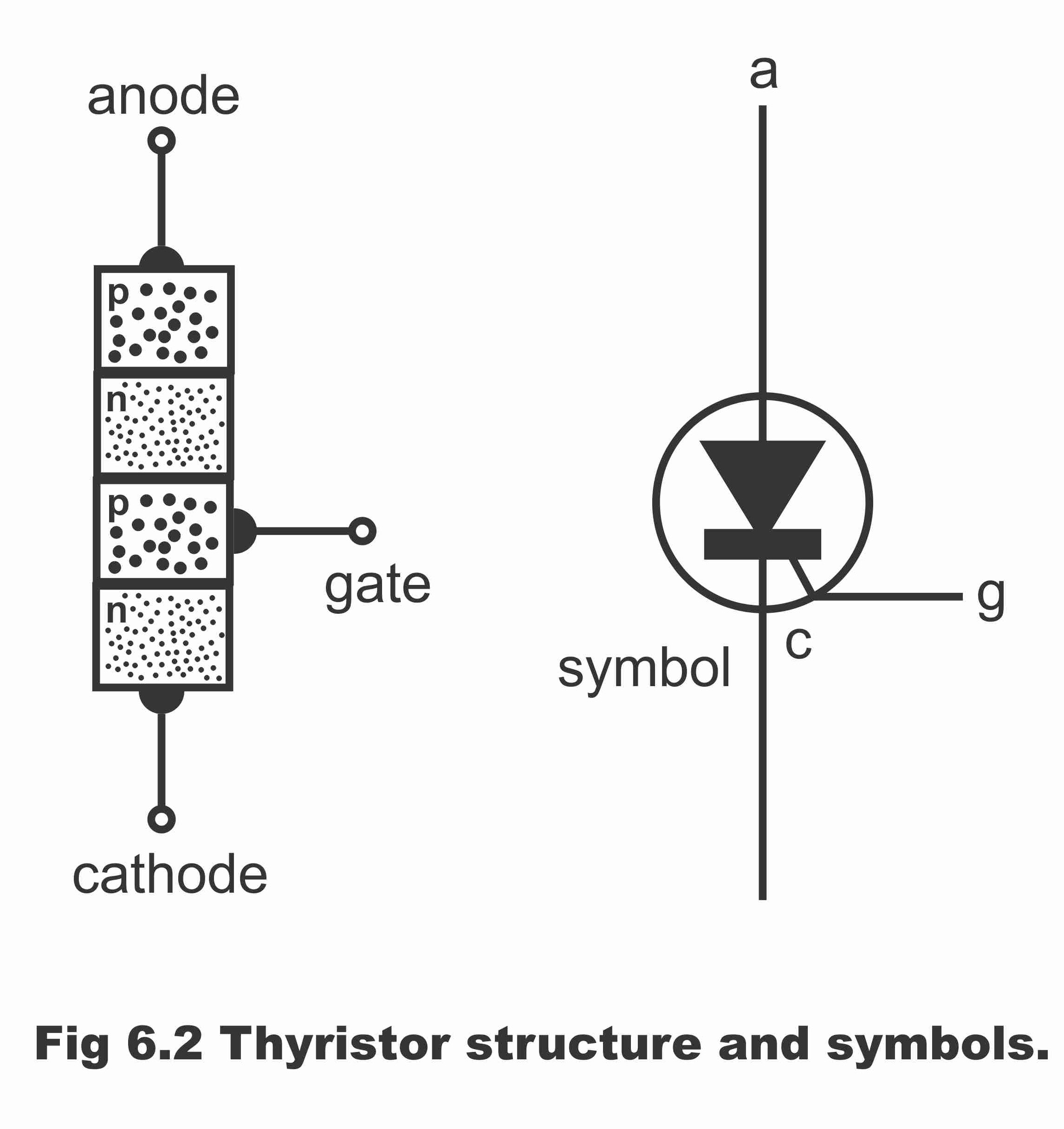In this piece of article, we will explain and make you understand what is Homojunction and Heterojunction Semiconductor.
What is Homojunction?
A homojunction is a semiconductor device or interface that occur between the layer of similar materials with equal bandgap but different doping concentration.
Is homojunction different from p-n junction? Mostly, it occurs at the interface between an n-type (known as donor doped) and p-type (known as acceptor doped) semiconductor such as silicon. For example, n-type to n-type junction would also be considered as homojunction even if the doping levels are unusual or different.
What is Heterojunction?
The heterojunction is the interface that occurs between two-layer or regions of dissimilar material/crystalline semi-conductor or solid-state materials. The concentration of multiple heterojunctions together in a device is called a heterostructure.
To manufacture the heterojunction generally requires the use of molecular beam epitaxy (MBE) or chemical vapor deposition (CVD) technologies. Some of the specialized applications of heterojunction are:
- Solar Cells:- In 1983, the Heterojunction with Intrinsic Thin-Layer (HIT) solar cell structure was first developed and it was finally gets commercialized by Sanyo/Panasonic. Intrinsic Thin-Layer (HIT) solar cells are now one of the most efficient single-junction silicon cells as it has a conversion efficiency of 26.7%.
- Lasers:- By the association of a smaller direct bandgap material like Gallium arsenide (GaAs) and between two larger bandgap layers like Aluminium arsenide (AlAs), carriers can be made very small so that lasing can occur at room temperature with low threshold currents. One of the major advantages of the use of semiconductor lasers is that heterostructures can be used as waveguides.
- Bipolar Transistors:- When a heterojunction is used in bipolar junction transistors, it will obtain extremely high forward gain and low reverse gain. This results in very good high-frequency operation (values in tens to hundreds of GHz) and has a low leakage current. Such a device is called a heterojunction bipolar transistor (HBT).
- Field-effect transistors:- It is used in high electron mobility transistors (HEMT) and it can be operated at significantly higher frequencies (over 500 GHz).
Also Check: Avalanche photodiode or APDs: Working, Materials & its Uses









